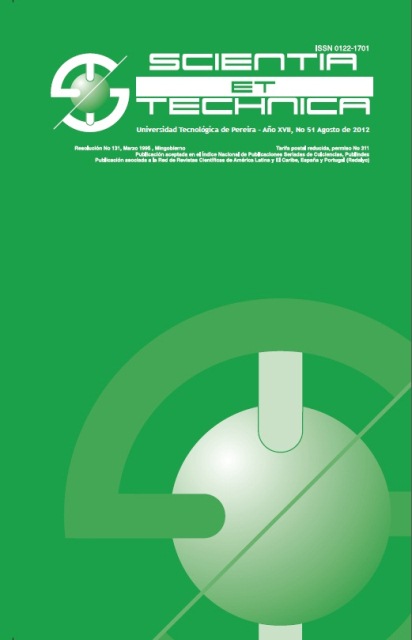Laboratorios Remotos: Actualidad y Tendencias Futuras
DOI:
https://doi.org/10.22517/23447214.1673Keywords:
Acceso Remoto, Entornos Inmersivos, Instrumentos Virtuales, Laboratorio Remoto, LabVIEW.Abstract
El uso y apropiación de las Tecnologías de la Información y de la Comunicación (TIC) ha facilitado el surgimiento de nuevas tendencias de aprendizaje, acompañadas por el desarrollo de un nuevo tipo de laboratorio que utiliza técnicas modernas de ingeniería para lograr la tele-operación de equipos y dispositivos que se encuentran en un sitio remoto desde cualquier lugar con acceso a Internet.
Los Laboratorios Remotos (LR) son herramientas tecnológicas compuestas por software y hardware que les permite a los estudiantes de manera remota realizar sus prácticas como si estuvieran en un Laboratorio Tradicional (LT), generalmente el acceso se realiza a través de Internet o mediante una red académica de alta velocidad como RUTA CARIBE-RENATA para el caso de Colombia.
Este artículo presenta reflexiones sobre la actualidad de los Laboratorios Remotos así como, las características y relaciones entre los elementos que conforman su entorno existente, de la misma manera se muestran las tendencias y trabajos futuros a manera de conclusiones.
Downloads
Downloads
-
Vistas(Views): 3514
- PDF (Español (España)) Descargas(Downloads): 1171
Published
How to Cite
Issue
Section
License
Copyrights
The journal is free open access. The papers are published under the Creative Commons Attribution / Attribution-NonCommercial-NoDerivatives 4.0 International - CC BY-NC-ND 4.0 license. For this reason, the author or authors of a manuscript accepted for publication will yield all the economic rights to the Universidad Tecnológica of Pereira free of charge, taking into account the following:
In the event that the submitted manuscript is accepted for publication, the authors must grant permission to the journal, in unlimited time, to reproduce, to edit, distribute, exhibit and publish anywhere, either by means printed, electronic, databases, repositories, optical discs, Internet or any other required medium. In all cases, the journal preserves the obligation to respect, the moral rights of the authors, contained in article 30 of Law 23 of 1982 of the Government Colombian.
The transferors using ASSIGNMENT OF PATRIMONIAL RIGHTS letter declare that all the material that is part of the article is entirely free of copyright. Therefore, the authors are responsible for any litigation or related claim to intellectual property rights. They exonerate of all responsibility to the Universidad Tecnológica of Pereira (publishing entity) and the Scientia et Technica journal. Likewise, the authors accept that the work presented will be distributed in free open access, safeguarding copyright under the Creative Commons Attribution / Recognition-NonCommercial-NoDerivatives 4.0 International - https://creativecommons.org/licenses/by-nc-nd/4.0/deed.es license.



